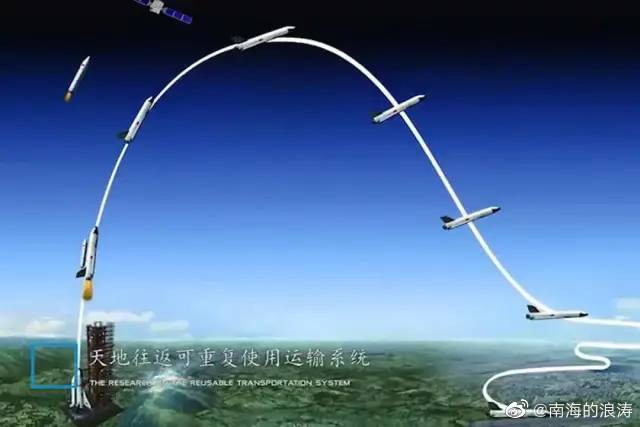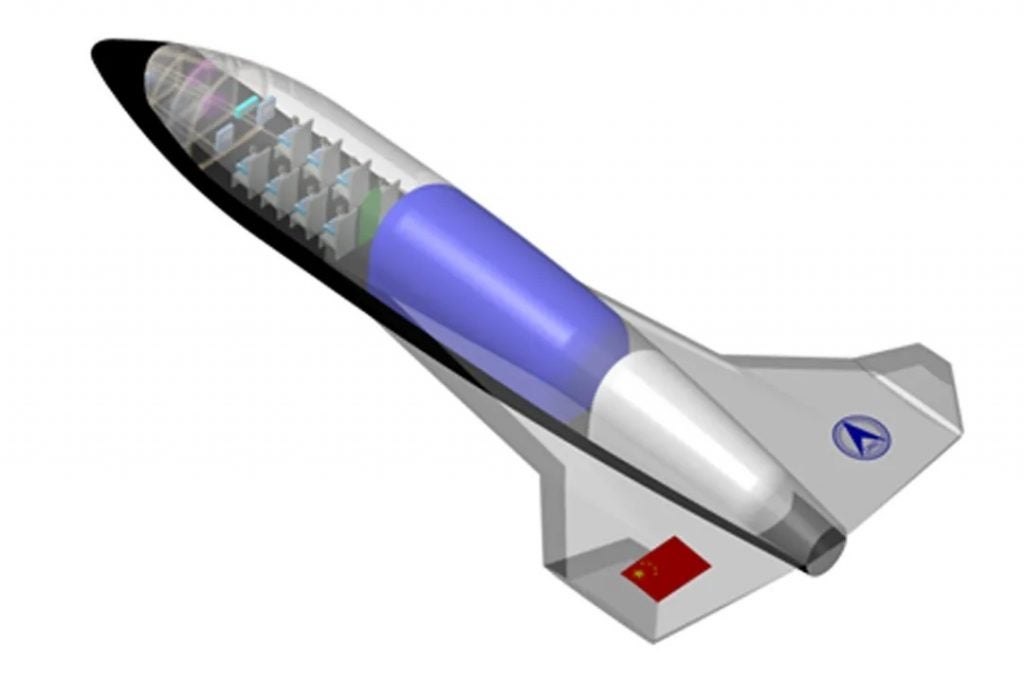Chinese Space Plane Makes Second Flight, China’s First Reusable Design
On August 26, the reusable flight test of a lift-type suborbital vehicle independently developed by the China Academy of Launch Vehicle Technology, a subsidiary of China Aerospace Science and Technology Corporation, was successfully completed.
The vehicle used in the flight test, cleared for a second launch after inspection and maintenance, was launched for a second time at the Jiuquan Satellite Launch Center, it completed the suborbital flight according to the set procedure, and made a smooth horizontal landing at the Alxa Youqi Airport. This flight marks the first time Chinese aerospace has made the leap from single-use launch vehicles to reusable, albeit suborbital, vehicles and displays momentum within the Chinese aerospace industry to further develop reusable vehicles, likely to result in the development of orbital transports of similar reusability, such as the NASA Space Shuttle and Boeing X-37 Orbital Test Vehicle.

In an accompanying graphic, the vehicle was depicted with a payload fairing attached to its back, which is released as the vehicle ascents into the upper atmosphere, with the payload itself igniting and pushing itself further into space. As the spacecraft reaches its apogee, a satellite can be seen adjacent to it, in the path of the burning payload in the last stage of the diagram, presumably a representation of the booster stage releasing its payload, but the graphic also leaves room to imagine the payload as a potential anti-satellite weapon, on a course to destroy its target.

In another graphic, a translucent computer model of the spacecraft showed two propellant and oxidizer tanks in the aft of the spaceframe, and eight seats in the front. Potentially demonstrating future plans to use the design for manned suborbital flight, but also displaying ample room for internal cargo space capable of protecting its contents from reentry. If the design is to be evolved for future orbital use, an inclusion of a cargo bay may allow Chinese operatives to recover adversary space assets and return to the surface for analysis.
